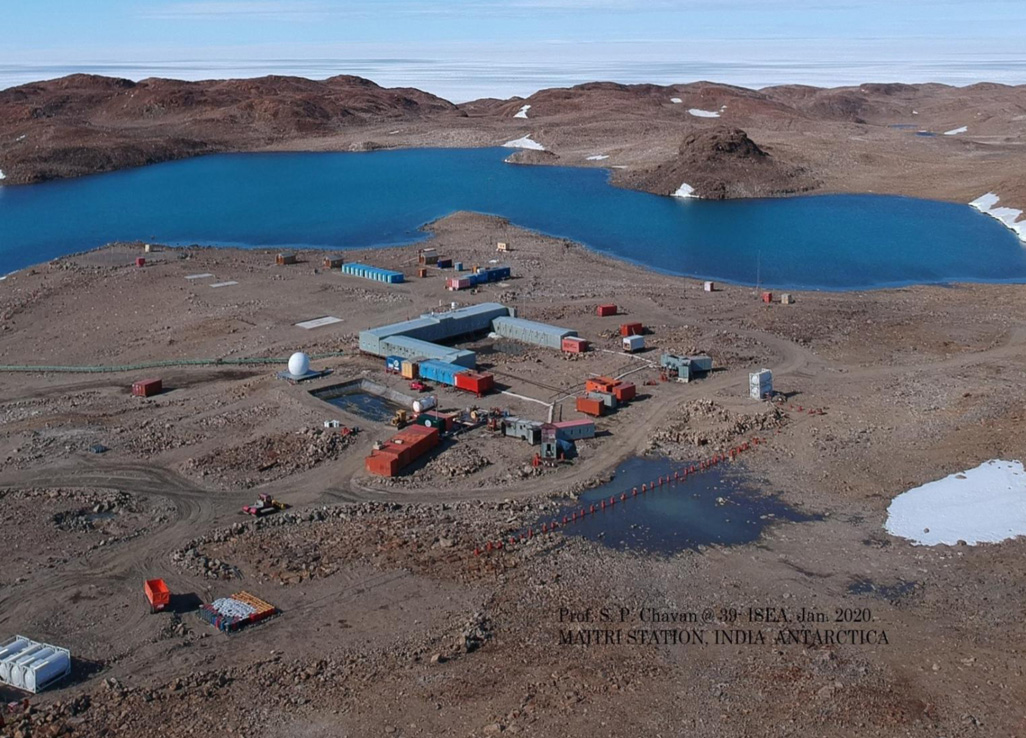Regional Imbalance: History and Beyond
Published: Jul 30, 2014
Published: Jul 30, 2014

Photo: Prasad
Hasanpur, Uttar Pradesh.
Regional imbalance in India was created during the colonial period through the metropole-periphery mechanism where the ports were the centres of development while the hinterland was exploited to drain out natural resources and plantation crops.
Keep reading with one of these options :
